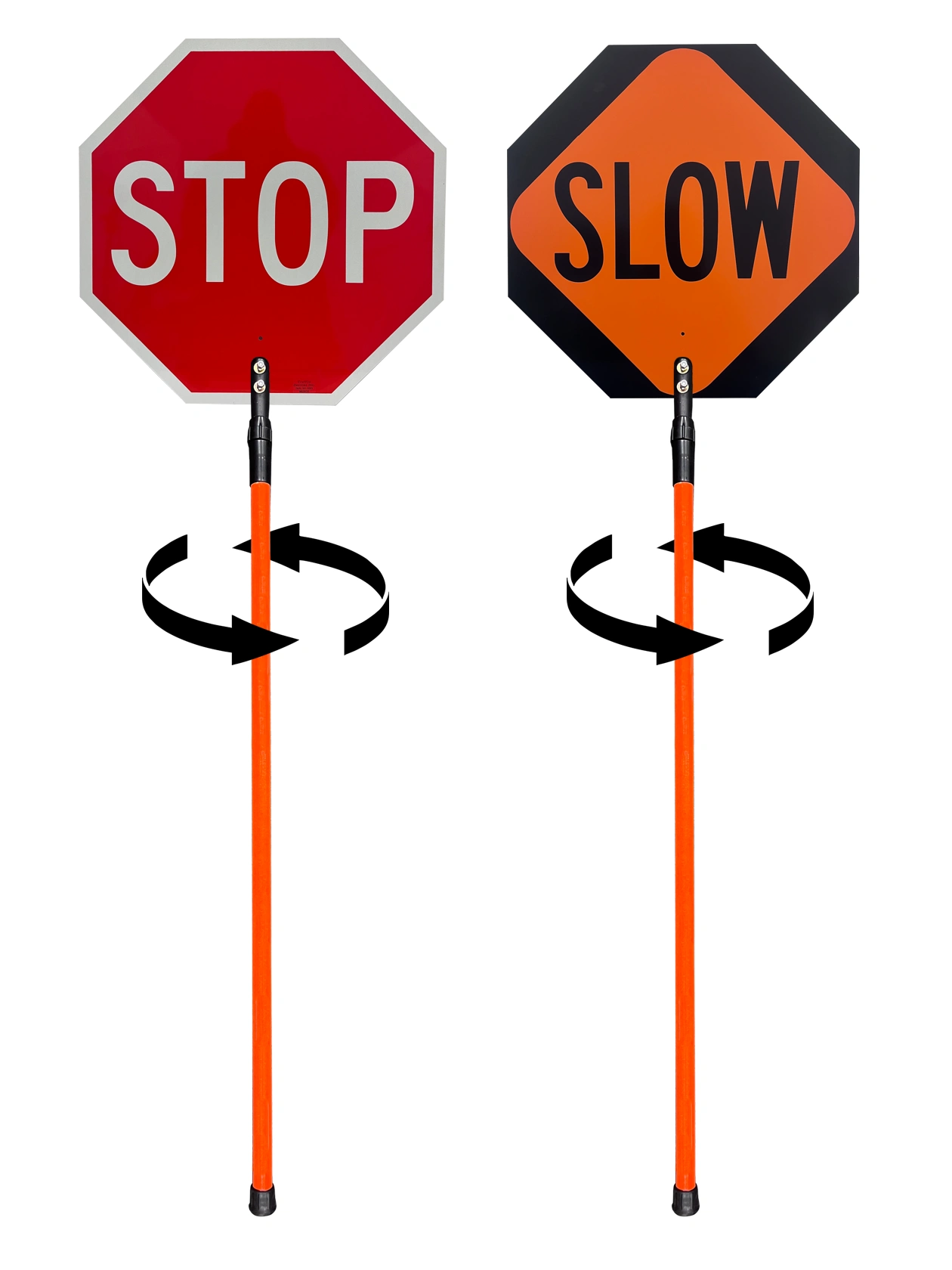The Role of Flaggers: Frontline Defenders of Work-Zone Safety
When drivers approach a construction or maintenance zone, the first person they often encounter isn’t an engineer or a supervisor—it’s a flagger. These high-visibility workers are the frontline defenders of work-zone safety, playing a critical role in protecting both motorists and road crews. Flaggers save lives.Why Flaggers Are Essential
Flaggers are responsible for directing traffic safely through or around work zones, especially when lanes are closed or traffic patterns are disrupted. Their role is crucial in preventing accidents, minimizing confusion, and ensuring that the flow of vehicles doesn’t interfere with active construction work. Equipped with tools like stop/slow paddles, flaggers maintain order in high-risk environments. Without flaggers, work zones—especially on two-lane roads, rural highways, or urban areas with limited space—could become chaotic and dangerous for everyone involved.Core Responsibilities of a Flagger
Flaggers aren’t just holding a sign—they’re managing real-time, high-risk situations. Their responsibilities typically include:- Controlling the flow of traffic using stop/slow paddles, flags, or hand signals.
- Communicating clearly with drivers to avoid confusion or abrupt movements.
- Coordinating with fellow flaggers and work crews via radios or hand signals.
- Setting up warning signs and cones at appropriate distances before the work zone begins, often using high-visibility traffic cones.
- Reacting quickly and appropriately in emergencies or when drivers violate instructions.
Risks Faced by Flaggers
Flaggers operate just feet from fast-moving traffic and are exposed to the dangers of:- Distracted or aggressive drivers
- Poor visibility due to weather or lighting
- Speeding vehicles ignoring signs or instructions
- Debris or construction hazards in the roadway
Training and Certification Requirements
Given the importance and risk associated with flagging, proper training is not just recommended—it’s required. Most states follow guidelines set by the Manual on Uniform Traffic Control Devices (MUTCD) and often require flaggers to complete training programs approved by OSHA or state Departments of Transportation (DOTs). Key training elements include:- Understanding MUTCD standards
- Proper use of signaling devices and traffic signs
- Work-zone setup procedures
- Emergency response protocols
- Safe communication and teamwork
Protecting Those Who Protect Us
Flaggers are indispensable to work-zone safety. While barriers and signs can guide drivers, human judgment and presence are irreplaceable in many situations. As drivers, it’s our responsibility to:- Slow down in work zones
- Stay alert for instructions
- Respect the role flaggers play in keeping everyone safe
Learn more about safety helmets, safety vests, and high-visibility gear at TrafficSafetyStore.com – for all your traffic safety needs.
Stay Safe. Stay Compliant. Choose Traffic Safety Store.

24" STOP/SLOW Paddles
Quick Facts:
- 24" Aluminum Sign Face
- Available in Non-Reflective, EG or HI Reflective
- Orange fiberglass 'Telescoping' Handle extends from 52" all the way up to 96"

